Locomobile began as a manufacturer of light steam buggies and ended up as a producer of massive and expensive gasoline-powered automobiles. The original Locomobile, introduced in 1899, was based on a Stanley brothers design. John Brisbane Walker, editor and publisher of Cosmopolitan magazine and partner Amzi Lorenzo Barber had convinced the pioneering steam car builders to sell them the rights to manufacture their original car. (The brothers pocketed $250,000 and proceeded to build a new and improved Stanley Steamer that did not impinge any of the patents they had sold) Walker left in a huff soon after Locomobile production started, but Barber continued to build Locomobile steamers, producing several thousand before discontinuing them in early 1904. Locomobile introduced its first gas-powered cars in 1903 and by 1911, the Locomobile Model 48, powered by a massive six-cylinder T-head engine, was one of America’s most expensive and prestigious automobiles. In 1922, William C. Durant, who was putting together Durant Motors after losing control of General Motors for a second and final time, purchased Locomobile. The grand old marque finally folded in 1929. The offered steamer came to the Museum in 1949, from the collection pioneer Chicago collector D. Cameron Peck. The bill of sale from that transaction describes it as a 1900-1901 Locomobile Model 5 Locosurrey—“Locosurrey” being the factory name for the 4-passenger open model. Subsequent research has only validated that the steamer was produced between 1900 and 1904. The two-cylinder steam engine is mounted vertically and drives the rear wheels through chains. The MSI staff has conserved the offered Locomobile for many years. According to their reports, it appears to have been the subject of an early restoration. Key original components remain essentially intact—including the period correct engine, what is probably the original frame and the front and rear chassis assemblies, including the steering components and suspension springs. An original brass manufacturer’s tag is affixed to the body. Much of the four-passenger body’s wood is believed to be original. The seating is covered with an incorrect material. Other modified elements, mostly of later manufacture, include the boiler's plumbing and a set of later gauges that are mounted to the dashboard. The Locosurrey rides on rare, original wheels that include the original single tube rims that have been fitted with an adapter to take clincher tires. Overall, this historic Locomobile represents one of the earliest steam cars and exemplifies the alternate propulsion systems explored by the horseless carriage age in its infancy. This is the rarest and most desirable of all Locomobile steamers, its size and scale dwarfs all of Locomobiles conventional steam carriages. Without reserve
Locomobile began as a manufacturer of light steam buggies and ended up as a producer of massive and expensive gasoline-powered automobiles. The original Locomobile, introduced in 1899, was based on a Stanley brothers design. John Brisbane Walker, editor and publisher of Cosmopolitan magazine and partner Amzi Lorenzo Barber had convinced the pioneering steam car builders to sell them the rights to manufacture their original car. (The brothers pocketed $250,000 and proceeded to build a new and improved Stanley Steamer that did not impinge any of the patents they had sold) Walker left in a huff soon after Locomobile production started, but Barber continued to build Locomobile steamers, producing several thousand before discontinuing them in early 1904. Locomobile introduced its first gas-powered cars in 1903 and by 1911, the Locomobile Model 48, powered by a massive six-cylinder T-head engine, was one of America’s most expensive and prestigious automobiles. In 1922, William C. Durant, who was putting together Durant Motors after losing control of General Motors for a second and final time, purchased Locomobile. The grand old marque finally folded in 1929. The offered steamer came to the Museum in 1949, from the collection pioneer Chicago collector D. Cameron Peck. The bill of sale from that transaction describes it as a 1900-1901 Locomobile Model 5 Locosurrey—“Locosurrey” being the factory name for the 4-passenger open model. Subsequent research has only validated that the steamer was produced between 1900 and 1904. The two-cylinder steam engine is mounted vertically and drives the rear wheels through chains. The MSI staff has conserved the offered Locomobile for many years. According to their reports, it appears to have been the subject of an early restoration. Key original components remain essentially intact—including the period correct engine, what is probably the original frame and the front and rear chassis assemblies, including the steering components and suspension springs. An original brass manufacturer’s tag is affixed to the body. Much of the four-passenger body’s wood is believed to be original. The seating is covered with an incorrect material. Other modified elements, mostly of later manufacture, include the boiler's plumbing and a set of later gauges that are mounted to the dashboard. The Locosurrey rides on rare, original wheels that include the original single tube rims that have been fitted with an adapter to take clincher tires. Overall, this historic Locomobile represents one of the earliest steam cars and exemplifies the alternate propulsion systems explored by the horseless carriage age in its infancy. This is the rarest and most desirable of all Locomobile steamers, its size and scale dwarfs all of Locomobiles conventional steam carriages. Without reserve
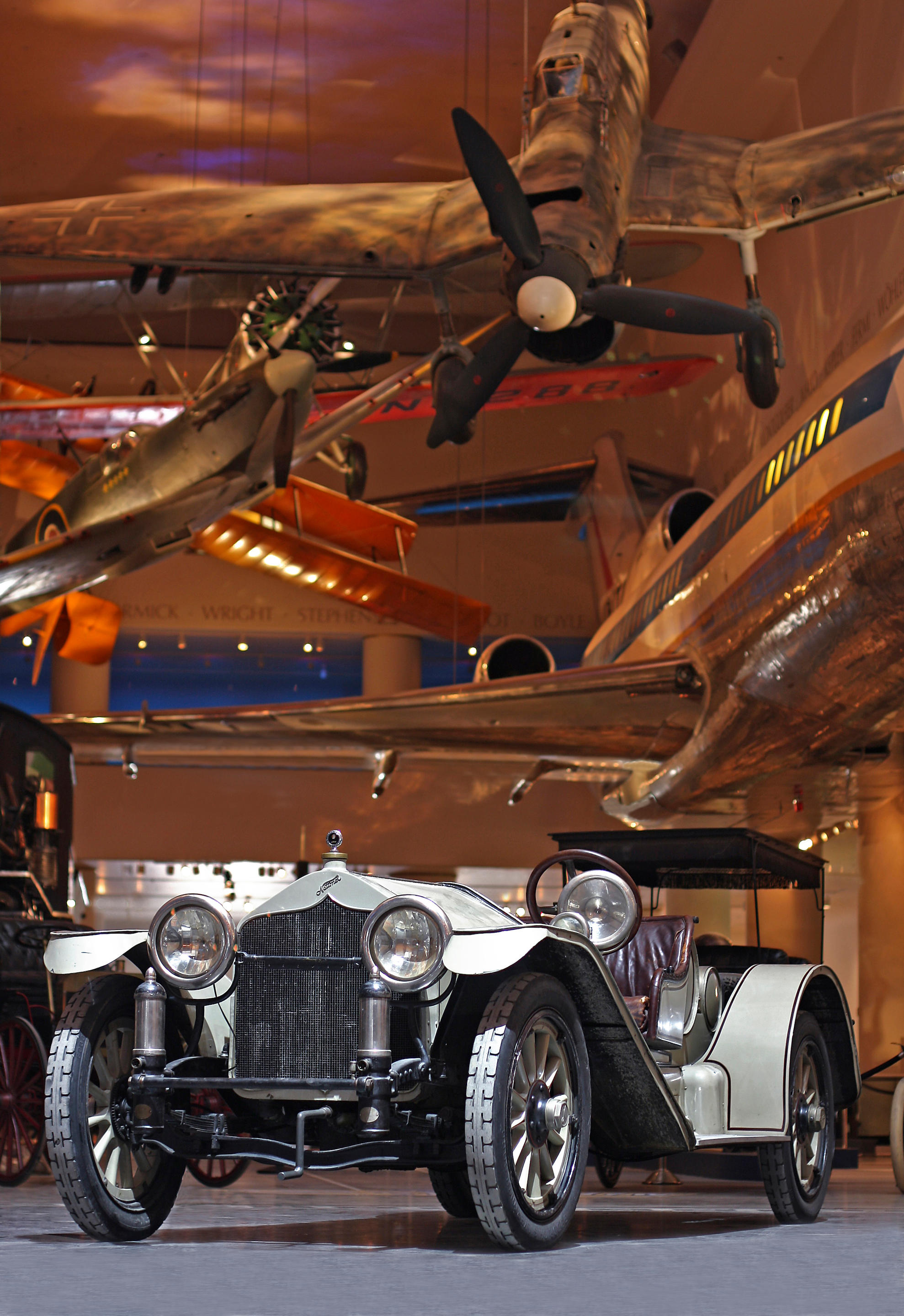
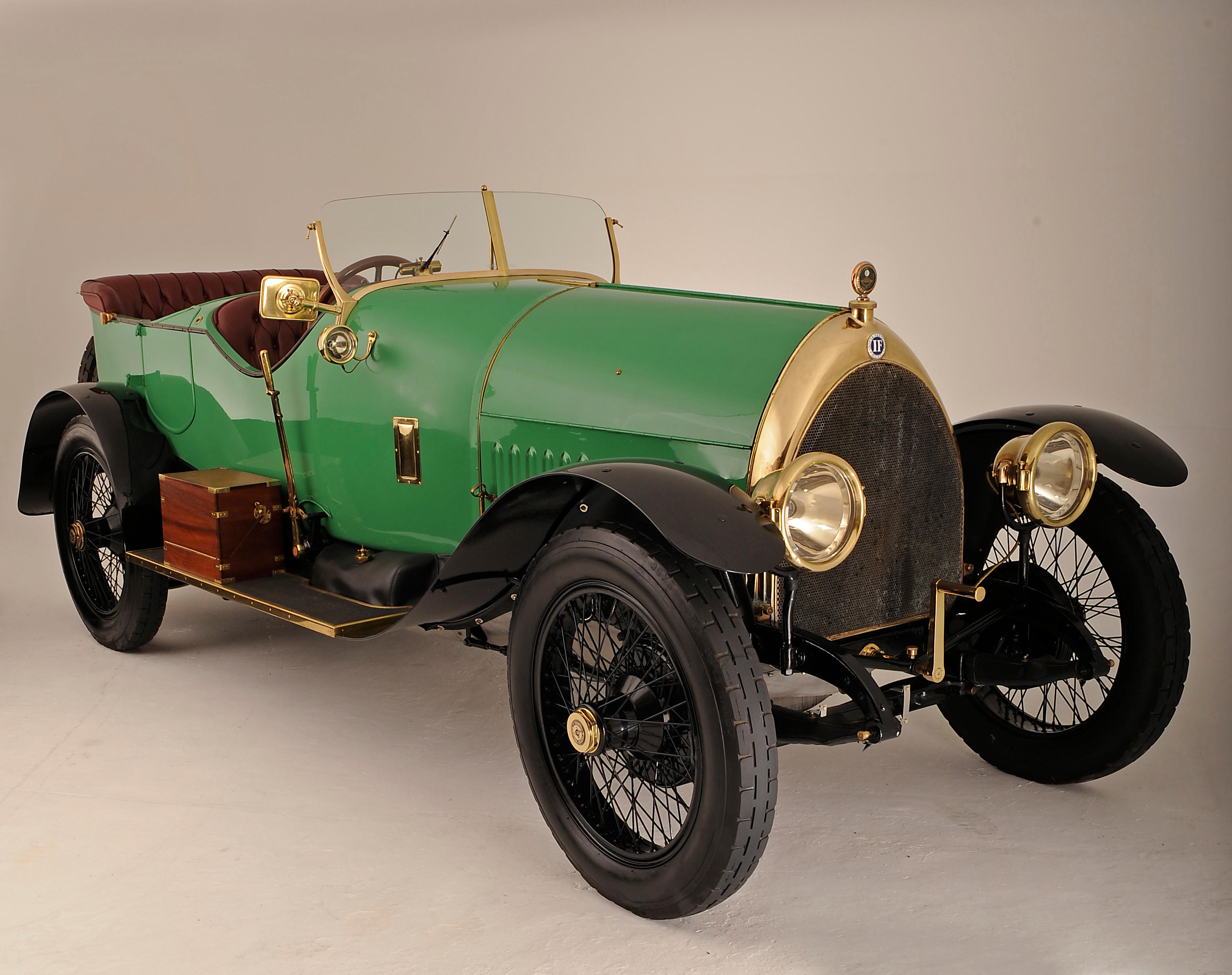
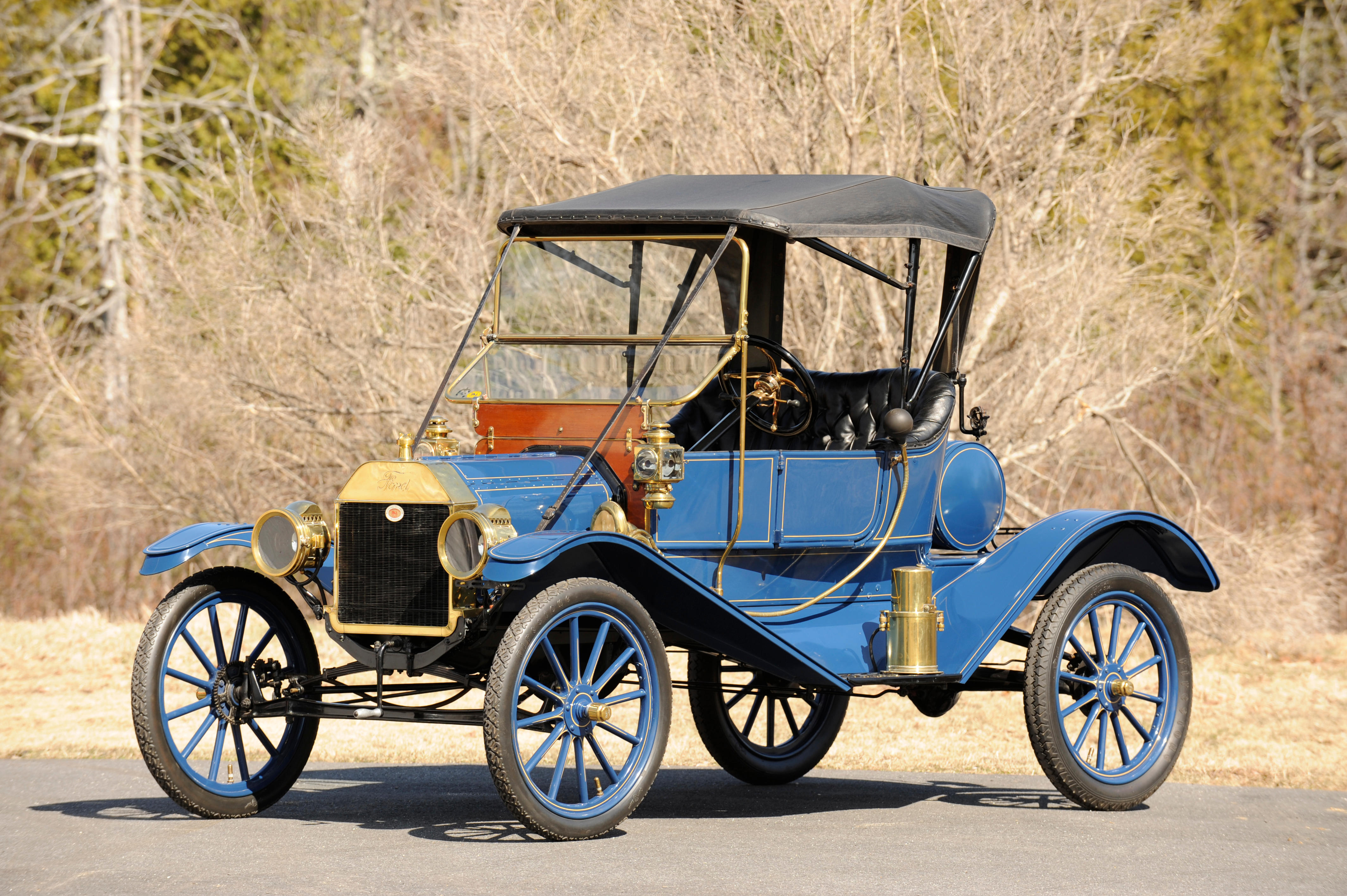




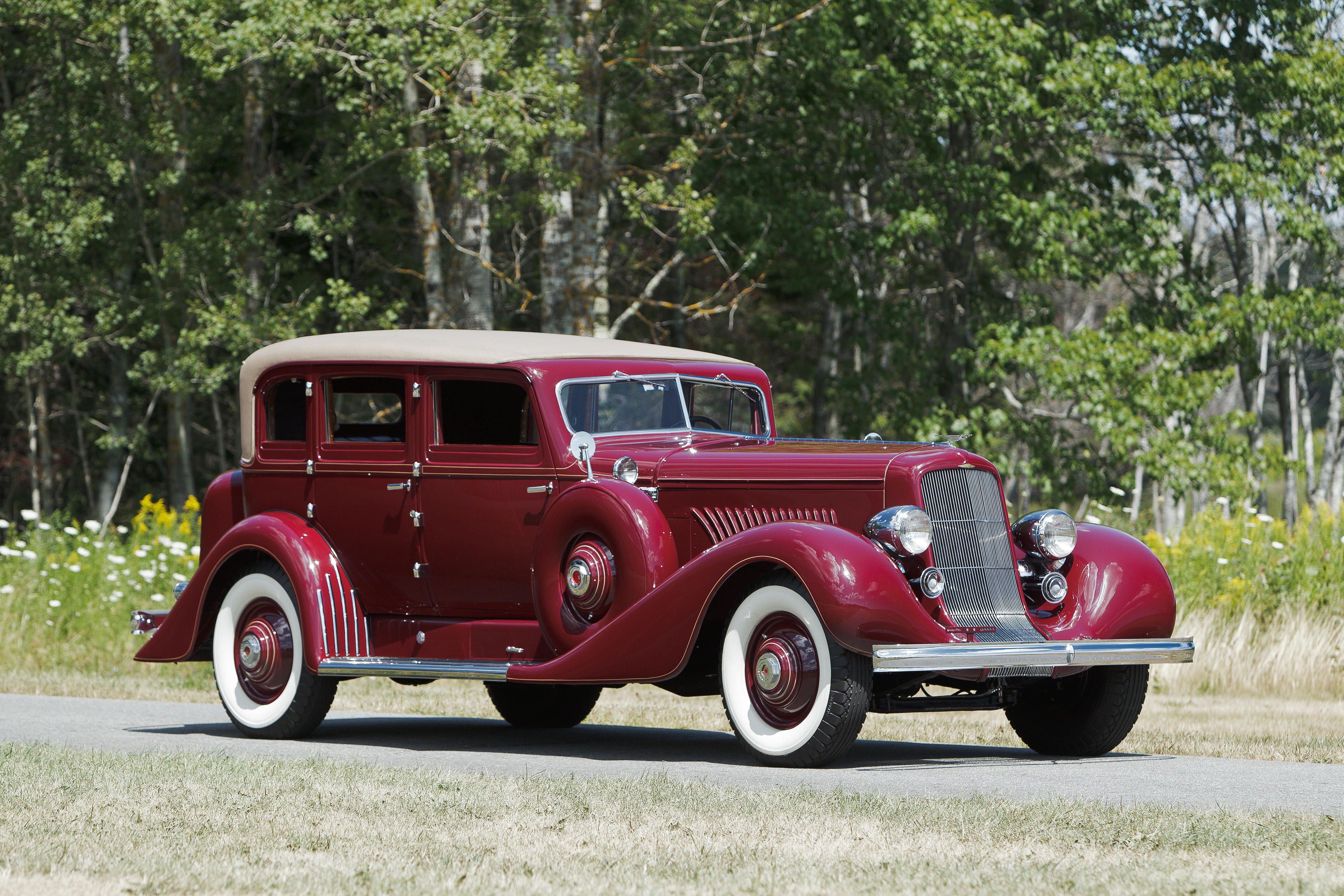
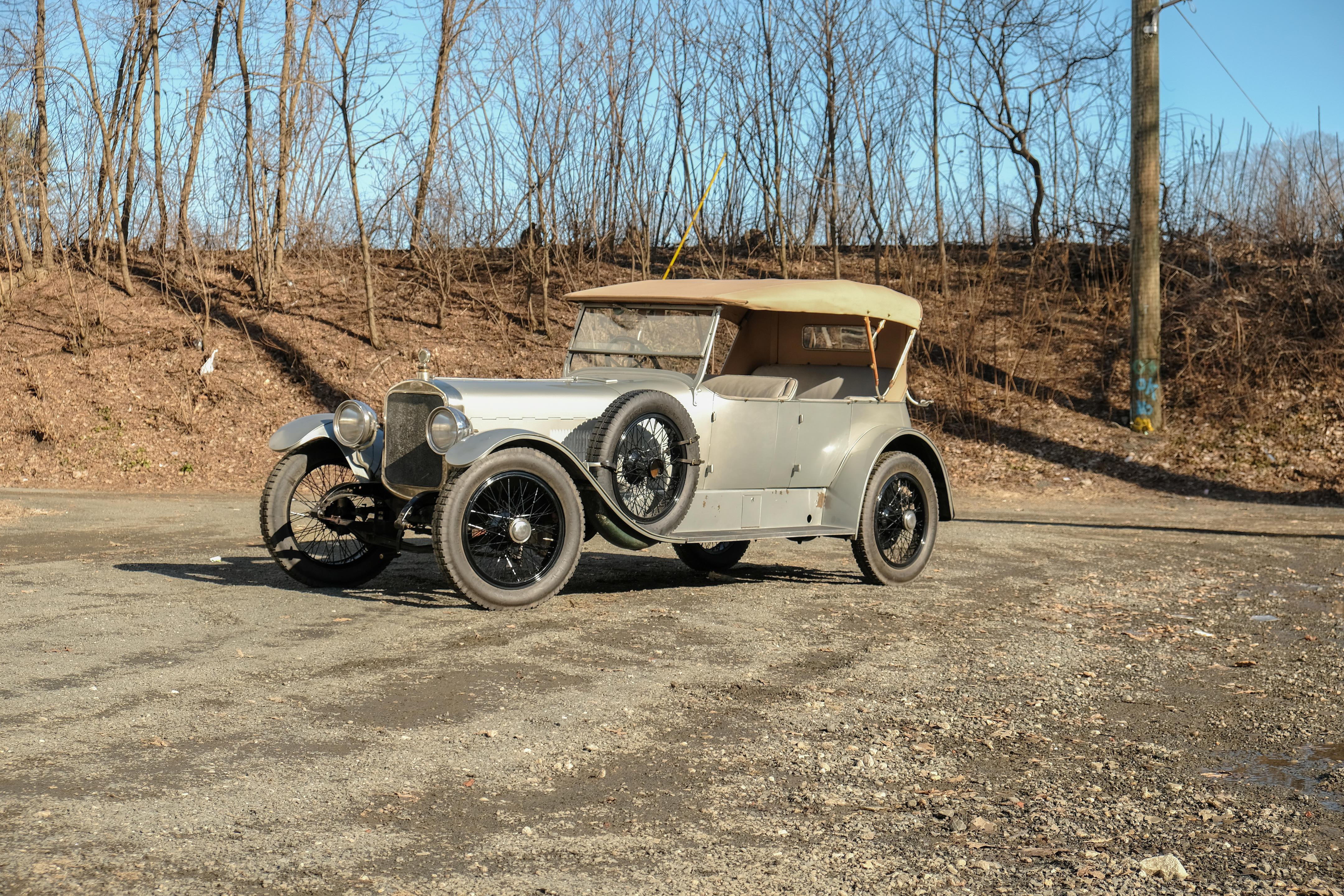
/98866/Internet%20Image%201.jpg)

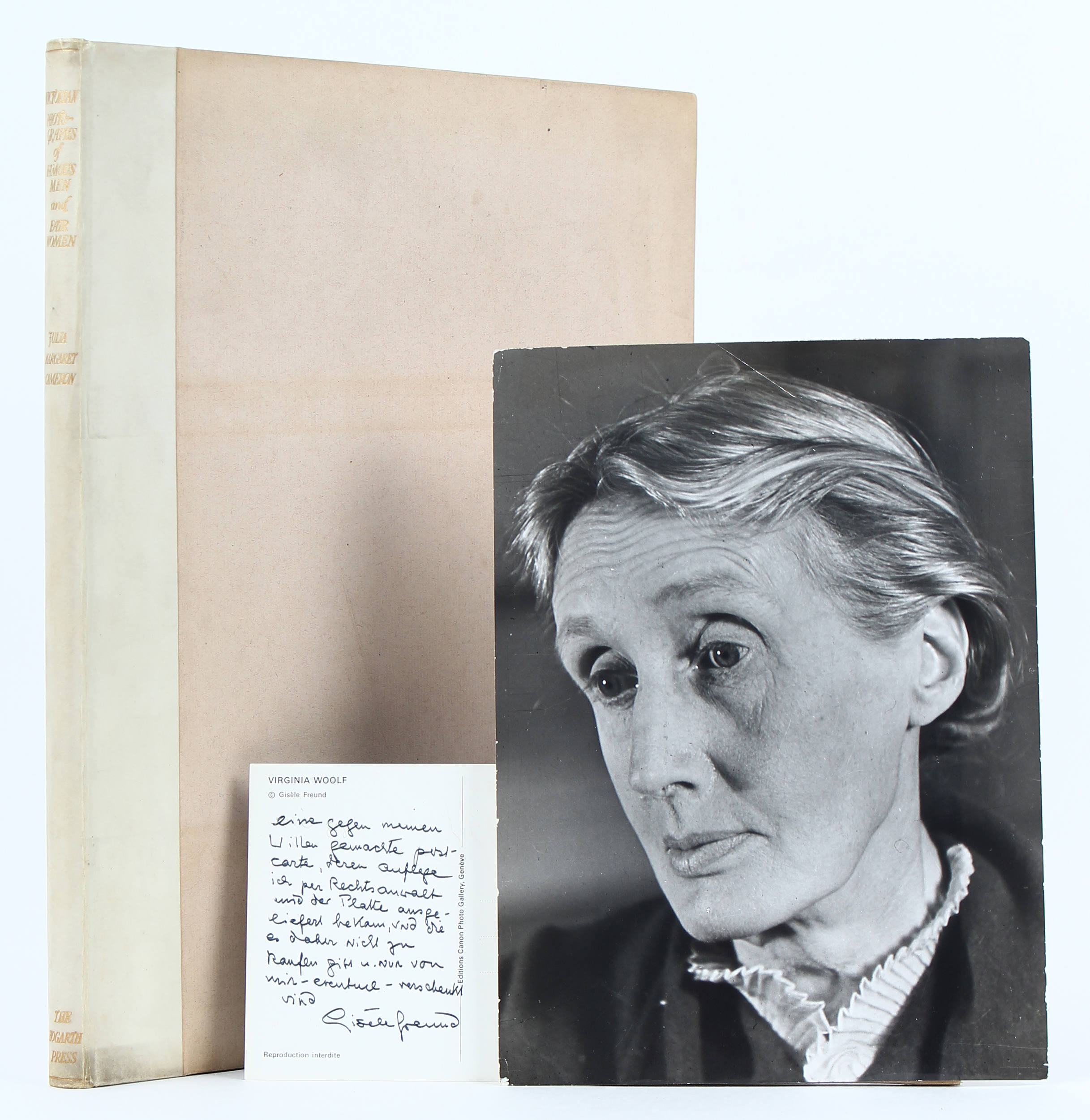
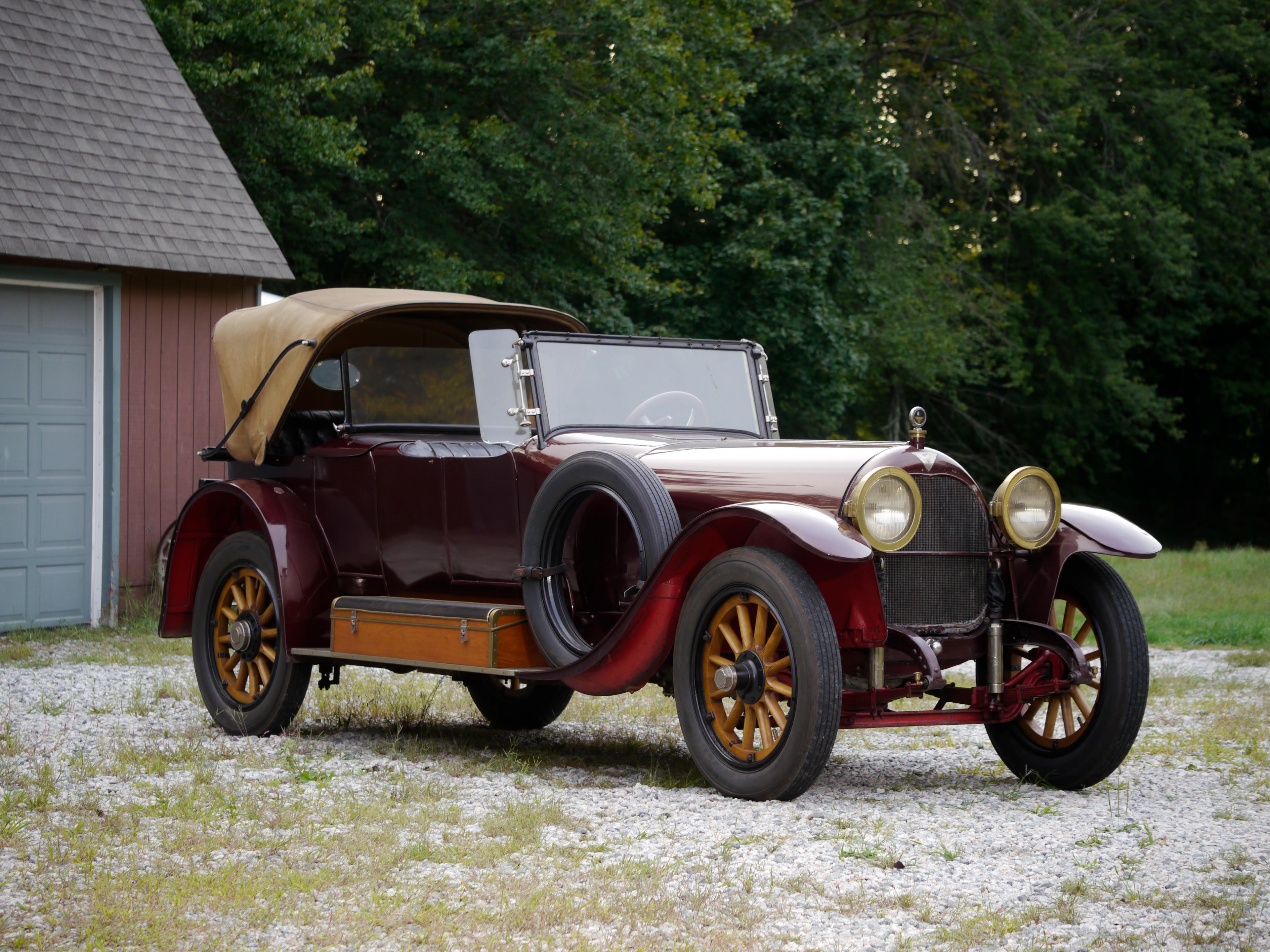


Testen Sie LotSearch und seine Premium-Features 7 Tage - ohne Kosten!
Lassen Sie sich automatisch über neue Objekte in kommenden Auktionen benachrichtigen.
Suchauftrag anlegen